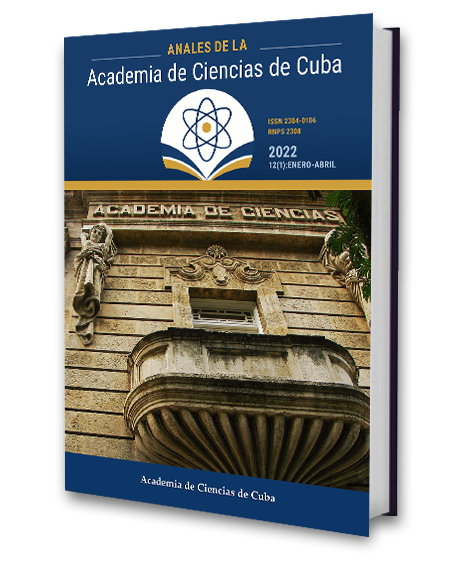Dynamics of human potential in the Science, Technology and Innovation System in Cuba
Keywords:
human potential, science policies, indicators, innovationAbstract
The evaluation of the dynamics of the human potential of the Science, Technology and Innovation System (STI) in Cuba, based on the analysis of different processes and indicators, confirms the existing decrease, the weak interconnection with the economy and the unequal distribution by territories and sectors. However, the STI system is undergoing a significant transformation process supported by the programmatic documents of the Cuban state and government. In the 9 science, technology and innovation policies approved, the promotion of the growth of scientific and technological potential, the connection of science with the economic base, the increase of impact, and the integration of all the actors of the System are key objectives. The effective use of human potential is constituted as the essential resource to promote the social economic policy based on STI and achieve the sustainable development of the nation.
Downloads
Published
How to Cite
Issue
Section
License
The journal Anales de la Academia de Ciencias de Cuba protects copyright, and operates with a Creative Commons License 4.0 (Creative Commons Attribution-NonCommercial License 4.0). By publishing in it, authors allow themselves to copy, reproduce, distribute, publicly communicate their work and generate derivative works, as long as the original author is cited and acknowledged. They do not allow, however, the use of the original work for commercial or lucrative purposes.
The authors authorize the publication of their writings, retaining the authorship rights, and assigning and transferring to the magazine all the rights protected by the intellectual property laws that govern in Cuba, which imply editing to disseminate the work.
Authors may establish additional agreements for the non-exclusive distribution of the version of the work published in the journal (for example, placing it in an institutional repository or publishing it in a book), with recognition of having been first published in this journal.
To learn more, see https://creativecommons.org






